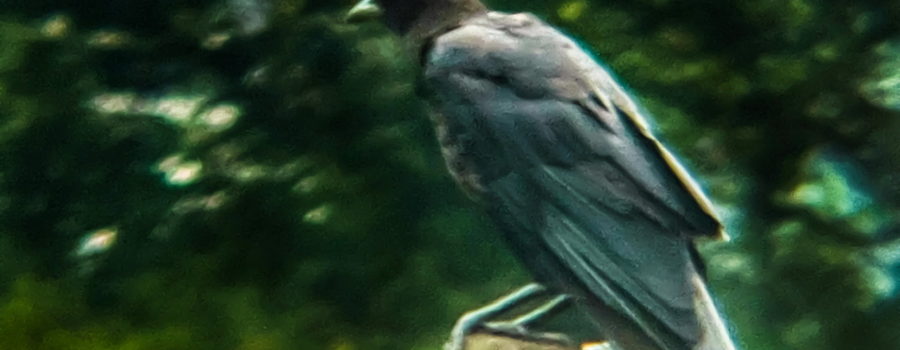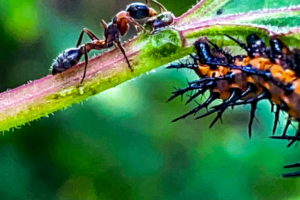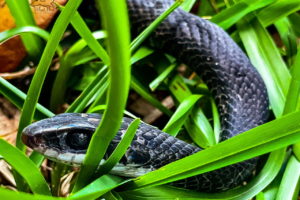The Beautiful American Crow is a Very Misunderstood Bird

Every continent seems to have it’s own large, black bird that has been misrepresented as evil or bad. In Eastern Europe it is the raven or the carrion crow, in Western Europe and parts of Asia it’s the hooded crow, and in North America it’s the American crow. The American crow has a large range which covers nearly all of North America. I’m sure that most of you have encountered the American crow since it will live in almost any habitat that includes trees where they can nest. The only places in North America where you won’t find American crows are tundra habitats and the temperate rain forests of the Pacific coast. In those areas it is replaced by the common raven.

There are actually five different subspecies of the American crow. These include the Eastern crow, the Northwestern crow, the Florida crow, the Western crow, and the Southern crow. Obviously, they vary by geographical region, but also by size, beak size, and voice as well. Down here in north central Florida we have both the Florida crow and the Southern crow. They can be difficult to tell apart, but in general the Florida crow is slightly larger than the Southern crow (the Southern crow is the smallest subspecies). The Florida crow also has longer legs, and a longer, thicker bill. I will freely admit that I’m not nearly good enough as a birder to tell the difference between the two subspecies out in the wild. We also have fish crows in this area, but they are usually notably smaller than American crows and have a different stance and call. Who would have ever thought that big black birds could be so complicated? So to simplify things a little, from here on out, I’m going to just talk about American crows, which includes all of the subspecies.

Over the years American crows have gotten kind of a bad reputation for a number of reasons, but despite that, I have always really liked them. I think one of the main reasons that I admire them so much is that they are extremely intelligent. They are one of the few birds that will use tools to help them obtain food. They actually have the same brain weight to body weight ratio as humans, which is considerably higher than of most birds. Crows are also known to imitate humans speech as well as the sounds of other types of birds and other environmental sounds that they hear regularly. Adult crows are also known to teach their young in a way that is more similar to mammals than other birds. Crows actually tend to live in family groups that consist of a monogamous couple of adults and several years worth of their offspring. Most offspring stay with the family group for two years or more before venturing off to start their own families. During that time, they assist the parents in gathering food, feeding the young, and caring for the young. Unless a young crow falls out of the nest, they don’t fledge until they are nearly fully feathered and fully grown, which is the reason that you rarely if ever see “baby” crows in the group. If a youngster does fall and can find a fairly safe place from predators, the family unit will usually continue to care for and protect it until it reaches flying age.

I hope that if you have had bad feelings for crows in the past that perhaps you can now begin to appreciate them for their intelligence and family commitment. Like the often maligned vultures, this world would be a very different (and very bad smelling) place without American crows. Not only do they help to clean up carrion, like the vultures do, but being omnivores, they are also important for the distribution of seeds from many grasses, wildflowers, and trees. So the next time you run across a couple of crows alongside the road, in the woods, or at the public park try to remember that they are incredible creatures in their own right, but they are also a vital part of our environment.

If you enjoy beautiful nature photography and artwork please consider subscribing to our blog and newsletter.





Recent Comments